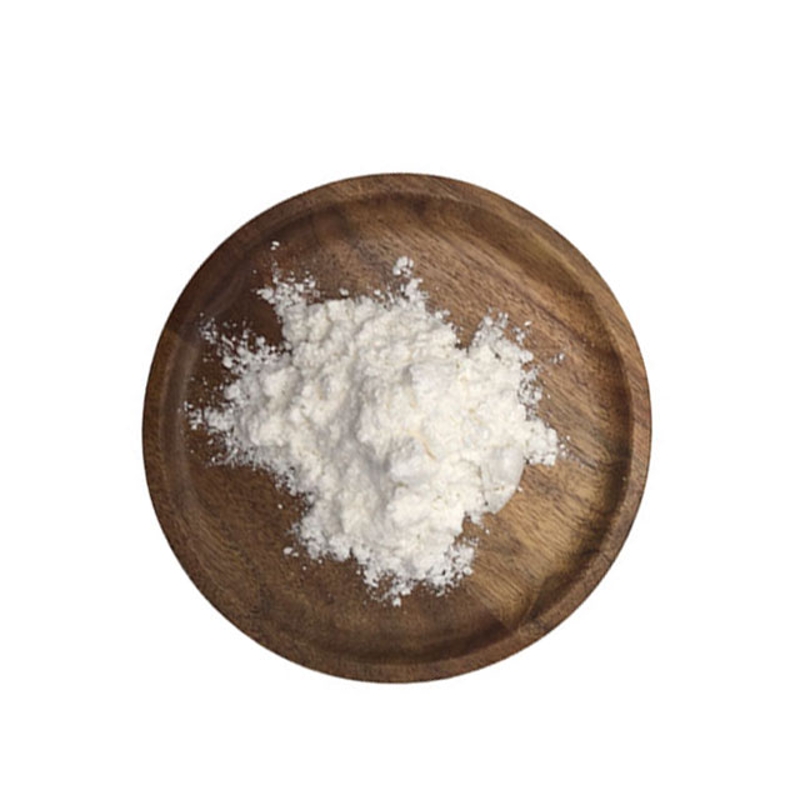-
Categories
-
Pharmaceutical Intermediates
-
Active Pharmaceutical Ingredients
-
Food Additives
- Industrial Coatings
- Agrochemicals
- Dyes and Pigments
- Surfactant
- Flavors and Fragrances
- Chemical Reagents
- Catalyst and Auxiliary
- Natural Products
- Inorganic Chemistry
-
Organic Chemistry
-
Biochemical Engineering
- Analytical Chemistry
- Cosmetic Ingredient
-
Pharmaceutical Intermediates
Promotion
ECHEMI Mall
Wholesale
Weekly Price
Exhibition
News
-
Trade Service
This article is compiled by Medical Pulse, please do not reprint
What is the Forrest rating? Forrest grading is an evaluation system that classifies peptic ulcer lesions by endoscopic signs, providing a unified standard
Table 1 Forrest grading and its corresponding rebleed probabilities
Icon
I.
I.
I.
II.
II.
II.
b: Attachment of blood clots
II.
c: Black substrate
Class III: The substrate is clean and there are no signs of recent bleeding
What does the Forrest rating mean for clinical work? Although there are multiple methods of endoscopic treatment of ulcer bleeding, it is difficult to ensure the rationalityof endoscopic hemostasis without the necessary endoscopic Forrest grading.
Studies have shown that the outcome of non-arterial bleeding (Ib, IIb, III) is significantly better than arterial bleeding (Ia, IIa), which is of great significance
for the correct choice of endoscopic treatment or emergency surgery in patients with ulcer bleeding.
How do I choose endoscopic treatment based on Myrest grading? For lesions of different grades, international guidelines state that: (1) endoscopic hemostasis is not recommended for low-risk signs (ulcer surface with non-raised erythema or a clean substrate corresponding to Forest II.
c and III.
);
(2) Those who have blood clots attached to the ulcer surface (corresponding to Forest II.
b level), they must be rinsed, try to make it fall off, and treat the lesion appropriately;
(3) Whether endoscopic treatment is required for patients with blood clots attached to the ulcer surface is still controversial, although PPI treatment alone can effectively stop bleeding, endoscopic treatment can still be considered;
(4) Patients with high-risk signs (patients with jet-like bleeding, active bleeding, and vascular exposure, corresponding to Forest I a, I b, II.
a) are recommended to undergo endoscopic hemostasis
.
References:
Li Zhaoshen.
Forrest grading of peptic ulcer bleeding with endoscopic treatment.
Chinese Journal of Digestive Endoscopy, 2013.
30(11):601-603.
[2] Editorial Board Member of Chinese Journal of Gastrointestinal Surgery, Editorial Board of Chinese Journal of Gastroenterology.
Expert consensus on the multidisciplinary prevention and treatment of acute non-variceal upper gastrointestinal bleeding (2019 edition).
Chinese Journal of Gastrointestinal Surgery.
2019.
18(12):1094-1100.







